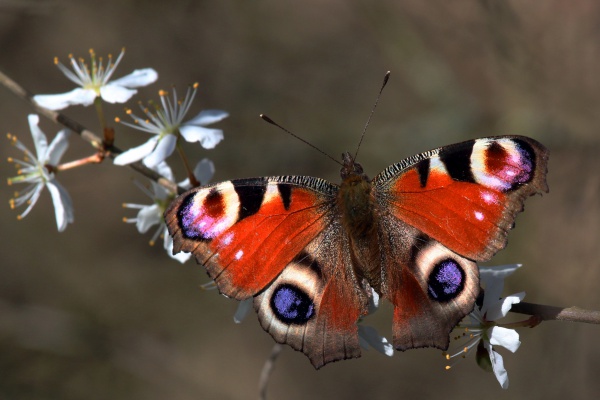Facts About Aglais io
The European peacock butterfly, scientifically named *Aglais io*, is a striking butterfly native to Europe and temperate regions of Asia, extending as far as Japan. Formerly the only species classified under the genus *Inachis*, it is commonly referred to as the peacock butterfly. It should not be confused with the "American peacocks" from the genus *Anartia*. What distinguishes the European peacock are its vivid eyespots and rust-red wings embellished with black, blue, and yellow patterns.
This butterfly remains in its native region throughout the year and typically finds a snug spot in buildings or trees to hibernate during the winter, emerging early in spring. Researchers have shown great interest in its eyespots, which serve as an ingenious deterrent against predators. The peacock butterfly is actually increasing its range and is not considered endangered. Its wingspan ranges from 50 to 55 mm, and there are two recognized subspecies.
You can encounter the peacock butterfly in a variety of habitats, up to 2,500 meters above sea level. In early spring, females lay their eggs on nettle plants and hops, providing nourishment for the ravenous caterpillars. As adults, these butterflies feed on nectar from a diverse array of flowers, as well as tree sap and decomposing fruit.
Regarding mating, *Aglais io* practices monandry, meaning females mate with only one male. Males exhibit territorial behavior and use perching tactics to attract females and defend their territory. This mating strategy has resulted in a shorter lifespan for males.
One of the butterfly’s most effective defenses against predators is its prominent eyespots. These markings intimidate birds by mimicking the eyes of their own predators, causing hesitation or retreat. Additionally, the peacock butterfly can emit a hissing sound to deter rodent predators during hibernation.

 Ireland
Ireland